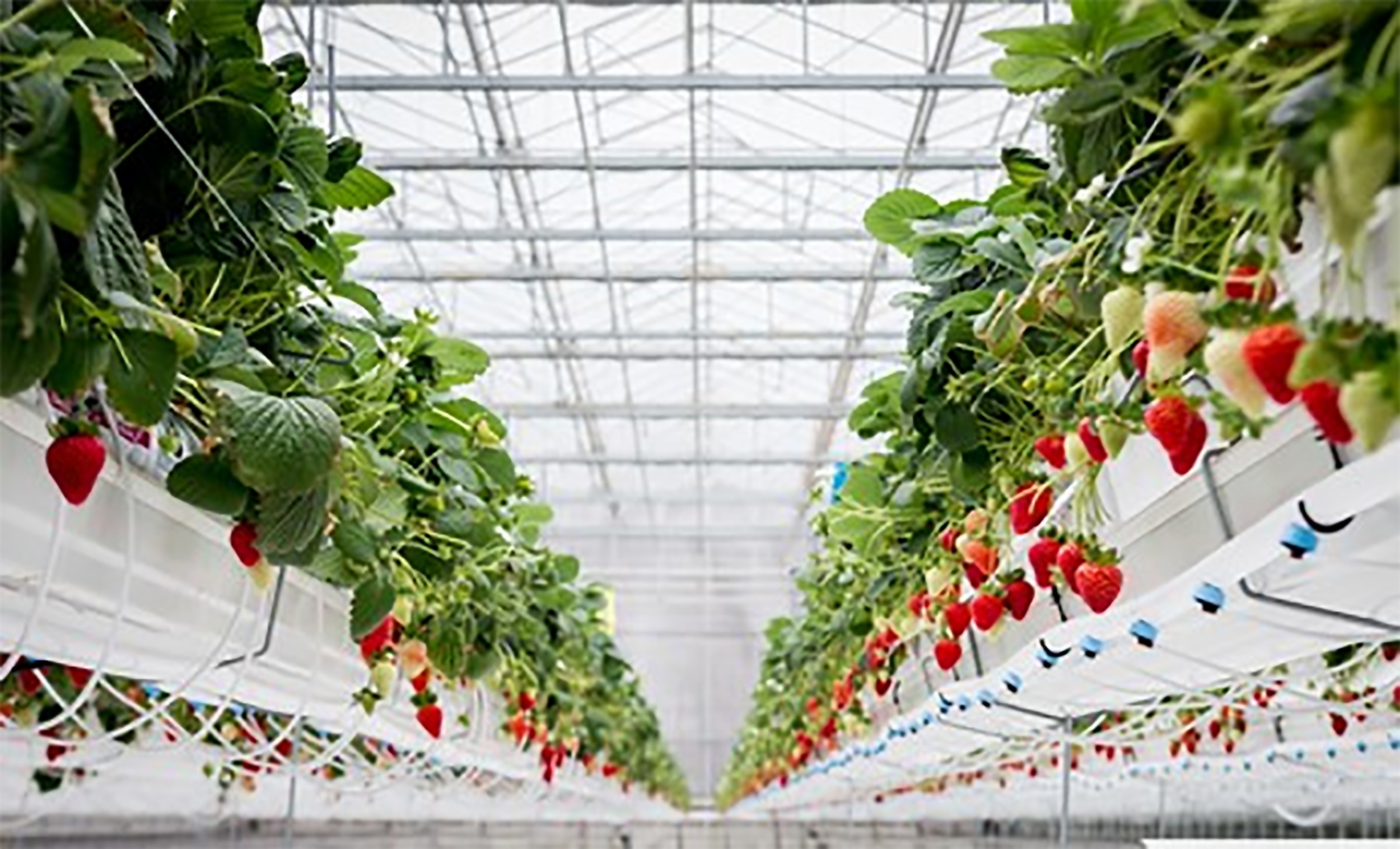
Hydroponic greenhouse farming has gained immense popularity in recent years due to its ability to produce high-quality crops in a controlled environment while conserving water and nutrients. To optimize the performance of hydroponic systems, every aspect of greenhouse design, including the gutter system, plays a crucial role. Fiberglass Reinforced Plastic (FRP) gutters have emerged as a preferred choice for hydroponic greenhouse applications due to their durability, corrosion resistance, and suitability for nutrient-rich environments.
Here's how FRP gutters contribute to the efficiency and sustainability of hydroponic greenhouse operations:
Corrosion Resistance: Hydroponic greenhouse environments are characterized by high humidity levels and exposure to nutrient solutions, which can accelerate corrosion in traditional gutter materials. FRP gutters offer exceptional corrosion resistance, ensuring longevity and reliability even in highly corrosive conditions. They are unaffected by moisture, fertilizers, and pH fluctuations, providing a durable solution for hydroponic systems.
Compatibility with Nutrient Solutions: Hydroponic systems rely on nutrient solutions to deliver essential minerals and fertilizers directly to plant roots. FRP gutters are compatible with a wide range of nutrient solutions and fertilizers commonly used in hydroponic farming. Unlike metal gutters, which can react with certain chemicals and leach harmful substances into the nutrient solution, FRP gutters remain inert, ensuring the purity and safety of the growing environment.
Lightweight and Easy to Install: FRP gutters are lightweight yet structurally robust, making them easy to handle and install in hydroponic greenhouse systems. Their lightweight nature reduces the load on greenhouse structures and simplifies installation, resulting in cost savings and shorter construction timelines. Additionally, FRP gutters can be easily customized to fit the specific dimensions and layout of hydroponic growing areas, maximizing efficiency and space utilization.
Low Maintenance Requirements: Hydroponic greenhouse operators appreciate the low maintenance requirements of FRP gutters. Unlike metal gutters, which may require regular cleaning, painting, or corrosion treatments, FRP gutters are virtually maintenance-free. They do not corrode, rust, or degrade over time, minimizing downtime and allowing growers to focus on crop cultivation rather than gutter upkeep.
Longevity and Cost-Effectiveness: FRP gutters offer excellent longevity and cost-effectiveness, making them a smart investment for hydroponic greenhouse operations. Their durable construction ensures years of reliable performance, reducing the need for frequent replacements or repairs. While the initial investment in FRP gutters may be slightly higher than other materials, their long-term benefits far outweigh the costs, resulting in significant savings over time.
In summary, FRP gutters are an ideal choice for hydroponic greenhouse systems, offering durability, corrosion resistance, compatibility with nutrient solutions, ease of installation, and low maintenance requirements. By incorporating FRP gutters into their greenhouse designs, hydroponic growers can enhance efficiency, sustainability, and crop yields while minimizing operational costs and environmental impact.












